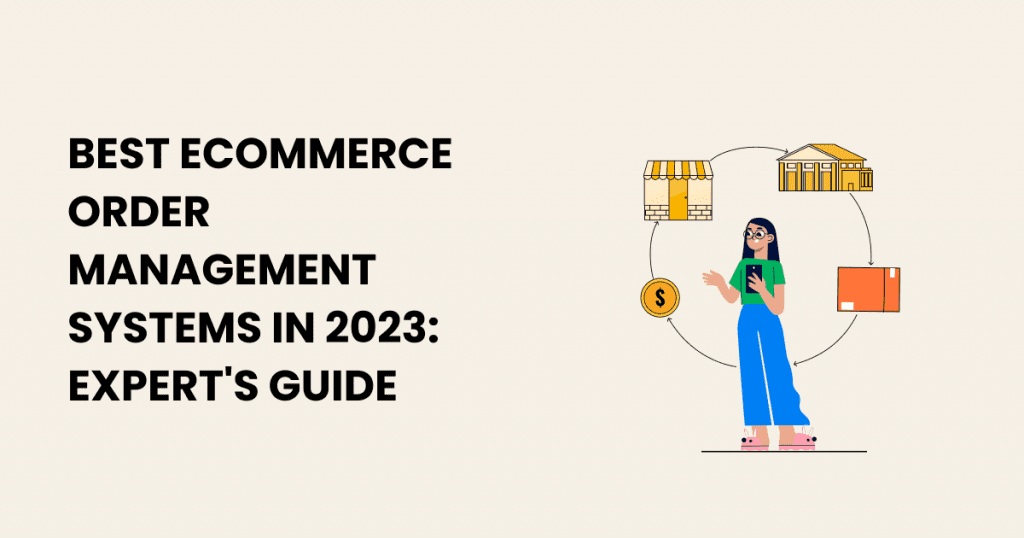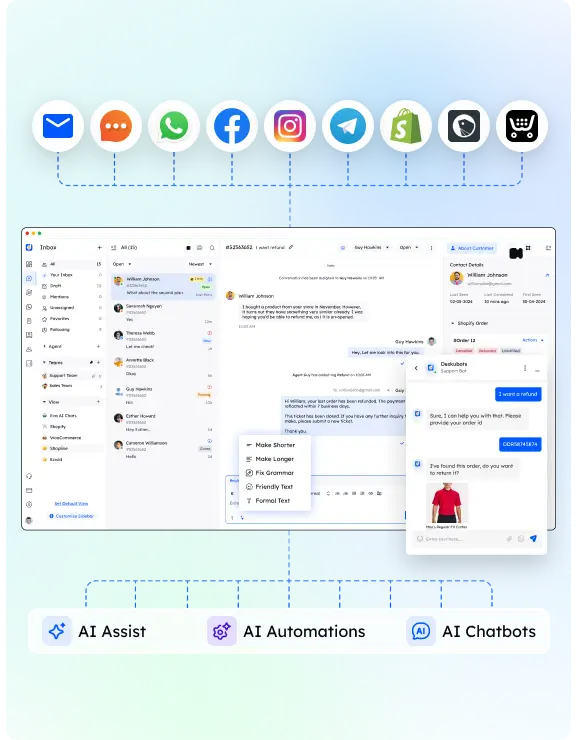Finding the right order management system is essential for any e-commerce business aiming to efficiently process orders, enhance customer satisfaction, and scale operations. If you’re struggling with manual processes, fragmented sales channels, or lack of inventory visibility, this guide will help you choose the ideal order management platform for your business.
We’ll cover key features, benefits, and a detailed comparison of the top 9 e-commerce order management systems. Whether you’re looking to optimize inventory levels, automate repetitive tasks, or improve the customer experience, these solutions will transform your business operations.
What is an Order Management System?
An Order Management System (OMS) is a centralized platform that manages the entire order lifecycle, from order placement and inventory tracking to fulfillment and shipping. A robust order management system integrates with multiple sales channels, warehouse management, and accounting systems to provide seamless operations.
Key benefits of an OMS:
- Enhances customer satisfaction through accurate order processing.
- Improves inventory visibility and stock levels.
- Automates tasks like order routing and shipping label creation.
- Integrates with legacy systems, CRM tools, and enterprise resource planning (ERP) platforms.
Criteria for Selecting the Right Order Management Solution
Choosing the right order management system requires aligning the platform’s capabilities with your business needs. With numerous options available, it’s essential to evaluate each solution based on functionality, scalability, and ease of integration.
Key Factors to Consider
- Seamless Integration
- The system must integrate effortlessly with your existing systems, such as CRM tools, accounting software, and legacy systems.
- Look for platforms offering multi-channel support and compatibility with popular e-commerce platforms like Shopify, WooCommerce, and Magento.
- Scalability
- As your business grows, your OMS should adapt to new sales channels, larger order volumes, and expanding product lines.
- User-Friendly Interface
- A simple and intuitive UI is crucial for reducing training time and ensuring team adoption.
- Key Features to Look For
- Inventory Management: Real-time tracking of inventory availability and stock levels.
- Order Routing: Automates task assignments to optimize the order fulfillment process.
- Reporting and KPIs: Tracks key performance indicators like order accuracy, shipping costs, and sales performance.
- Automation: Reduces errors by automating repetitive tasks such as inventory allocation and the creation of shipping labels.
- Responsive Customer Support
- Look for platforms offering ongoing support to address issues quickly. This ensures minimal disruption to your business operations.
- Customization and Flexibility
- The system should allow you to tailor workflows and adapt to unique requirements, whether it’s managing loyalty programs, tracking order history, or optimizing the entire order lifecycle.
- Pricing and Value
- Compare subscription fees and evaluate the total cost of ownership, including add-ons and fulfillment costs.
Top 9 E-commerce Order Management Systems
1. Shopify Plus
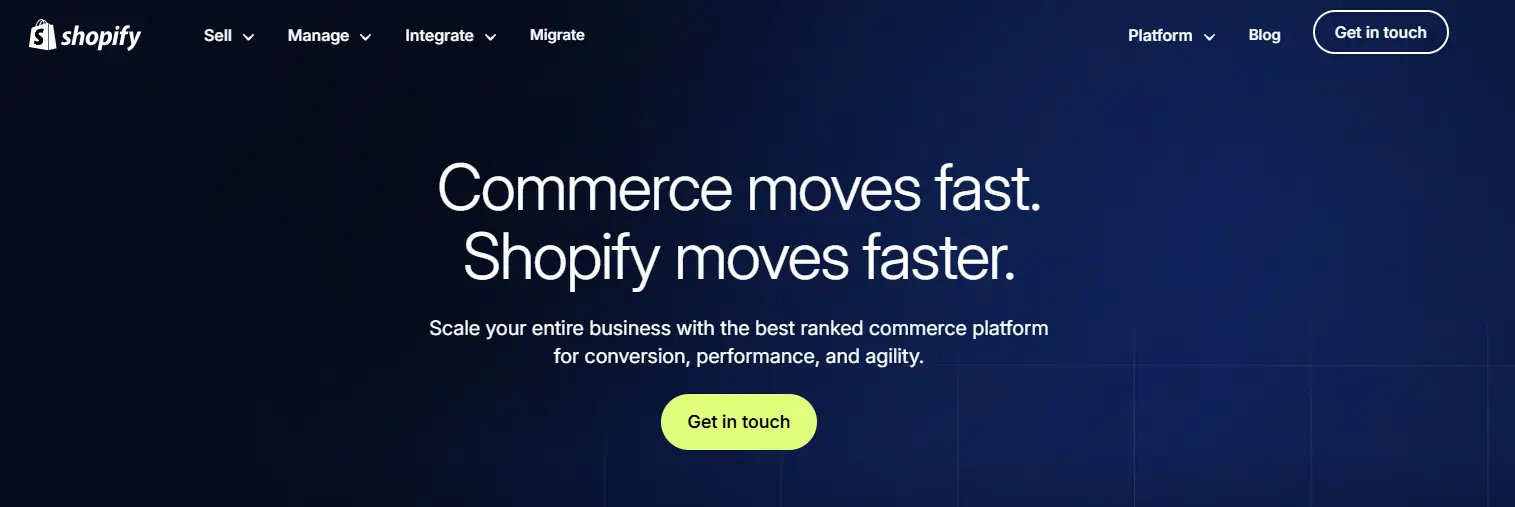
Perfect for small and medium-sized e-commerce businesses, Shopify Plus combines an intuitive user interface with powerful tools for managing inventory levels, automating order management, and scaling operations. It’s a seamless choice for businesses already using Shopify for their online stores.
- Best For: Small and medium-sized e-commerce businesses.
- Features: Multi-channel integration, automated order management process, and inventory control.
- Strengths:
- Intuitive and user-friendly interface.
- Seamless connection with Shopify stores for inventory visibility and order routing.
- Excellent tools for scaling across multiple sales channels.
- Pricing: Scales with business size and order volume.
2. NetSuite by Oracle
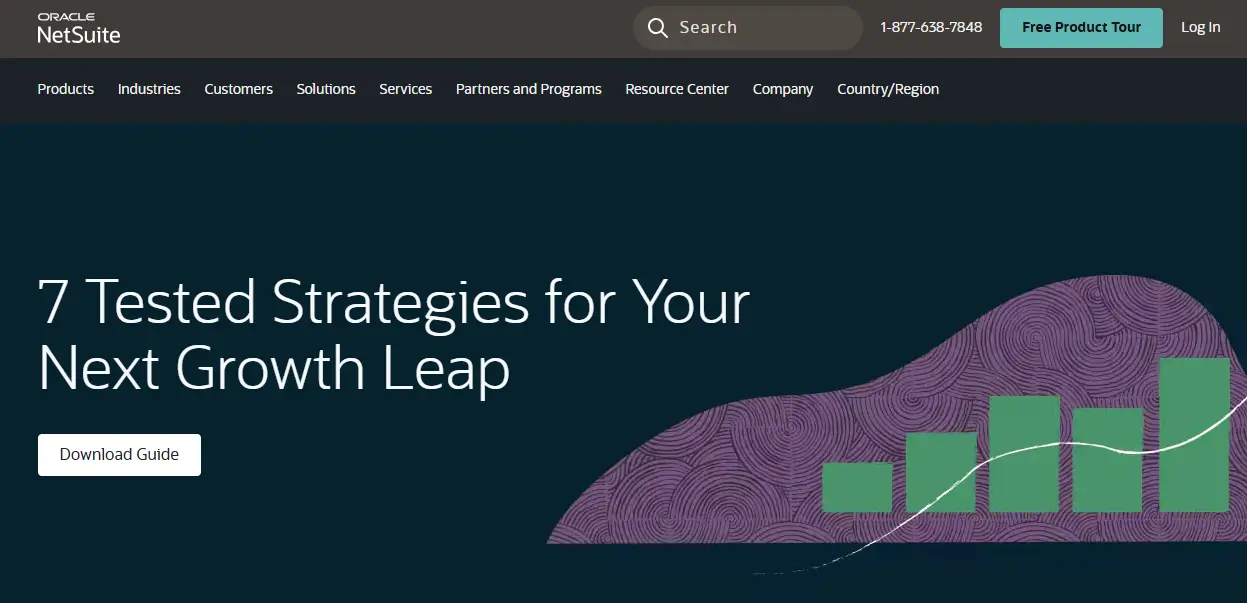
An enterprise-grade solution, NetSuite offers comprehensive inventory management, advanced analytics, and seamless integration with ERP tools. It’s designed for large businesses managing complex order management operations across multiple locations and sales channels.
- Best For: Enterprises and large-scale operations.
- Features: Advanced inventory management, integrated accounting systems, and real-time analytics.
- Strengths:
- Supports complex workflows and distributed order management.
- Centralized dashboard for tracking customer orders and inventory allocation.
- Comprehensive reporting to monitor sales performance and supply chain efficiency.
- Pricing: Custom pricing based on implementation and features.
3. Brightpearl
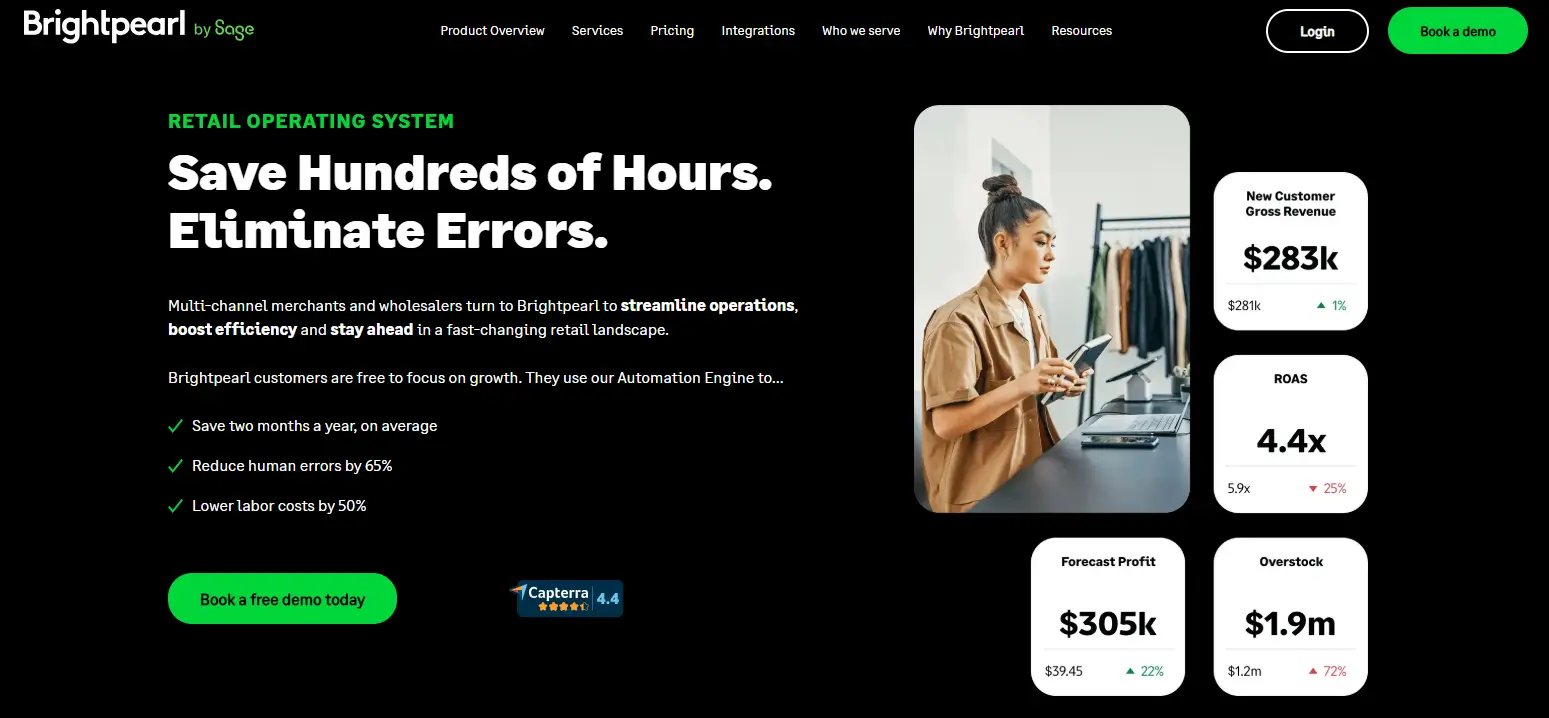
Brightpearl is ideal for retail and wholesale businesses seeking automation in order processing, inventory control, and customer engagement. It simplifies the fulfillment process and integrates with CRM tools to improve customer interactions and retention.
- Best For: Retail and wholesale businesses.
- Features: Automated order processing, streamlined warehouse management, and CRM integration.
- Strengths:
- Robust tools for inventory tracking and order fulfillment process.
- Simplifies returns management and loyalty-building efforts.
- Detailed insights into customer behavior and sales trends.
- Pricing: Subscription-based, starting from $500 per month.
4. Zoho Inventory
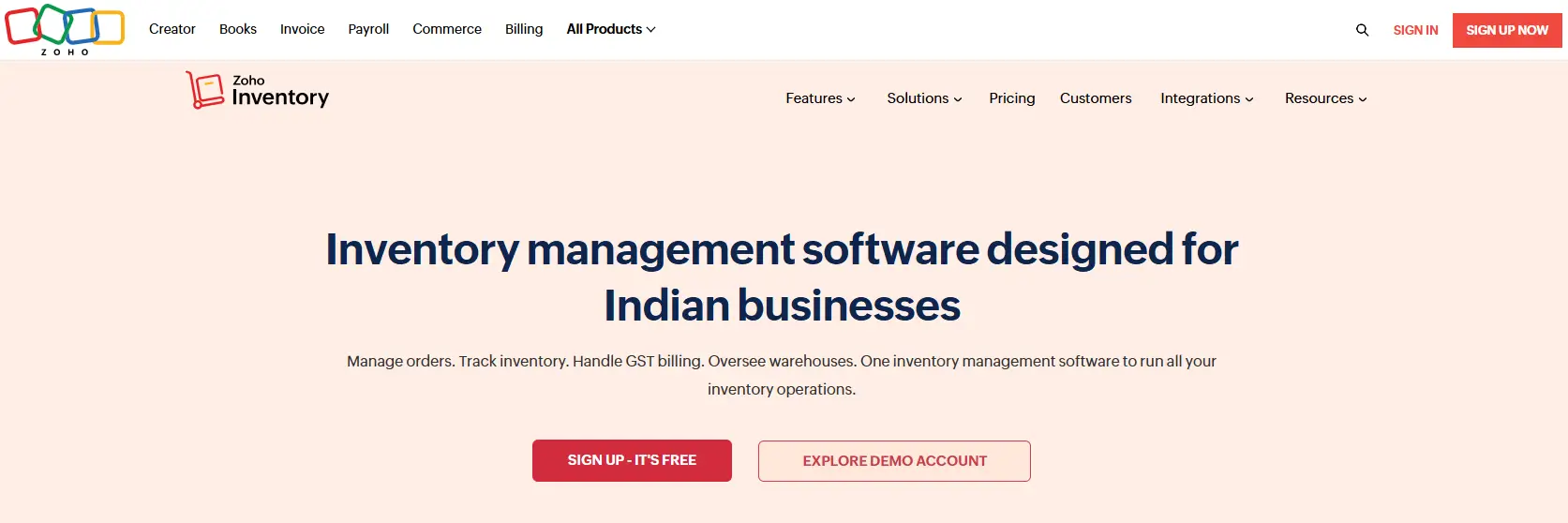
A budget-friendly option for startups and growing businesses, Zoho Inventory provides real-time inventory tracking, seamless integration with Zoho CRM, and tools to manage orders from multiple sales channels. It’s known for its scalability and ease of use.
- Best For: Startups and growing businesses.
- Features: Real-time inventory tracking, integration with accounting software, and order status updates.
- Strengths:
- Affordable pricing with scalability.
- Tools to automate timely order fulfillment and minimize manual processes.
- Integration with Zoho CRM for managing customer relationships.
- Pricing: Starts at $59 per month.
5. Salesforce Commerce Cloud
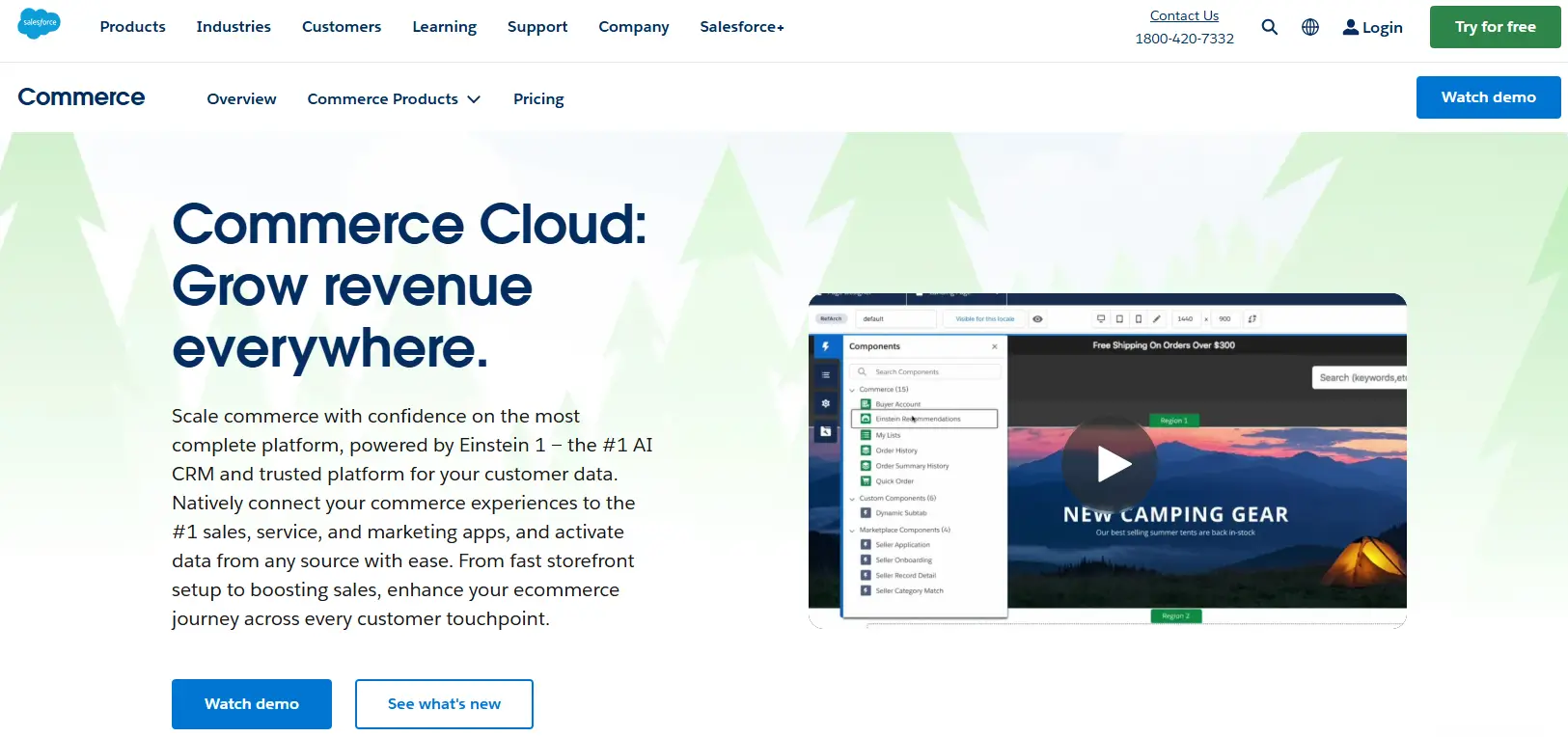
Focused on delivering exceptional customer experiences, Salesforce Commerce Cloud integrates CRM and e-commerce tools to enhance customer relationships and support multi-channel sales. It’s an excellent choice for businesses prioritizing engagement and loyalty.
- Best For: Customer-focused e-commerce businesses.
- Features: CRM-powered order management operations, inventory optimization, and multi-channel support.
- Strengths:
- Superior customer engagement tools for building customer loyalty.
- Detailed order tracking and order history visibility.
- Scalable solutions for e-commerce stores of all sizes.
- Pricing: Based on subscription tier and business requirements.
6. Cin7
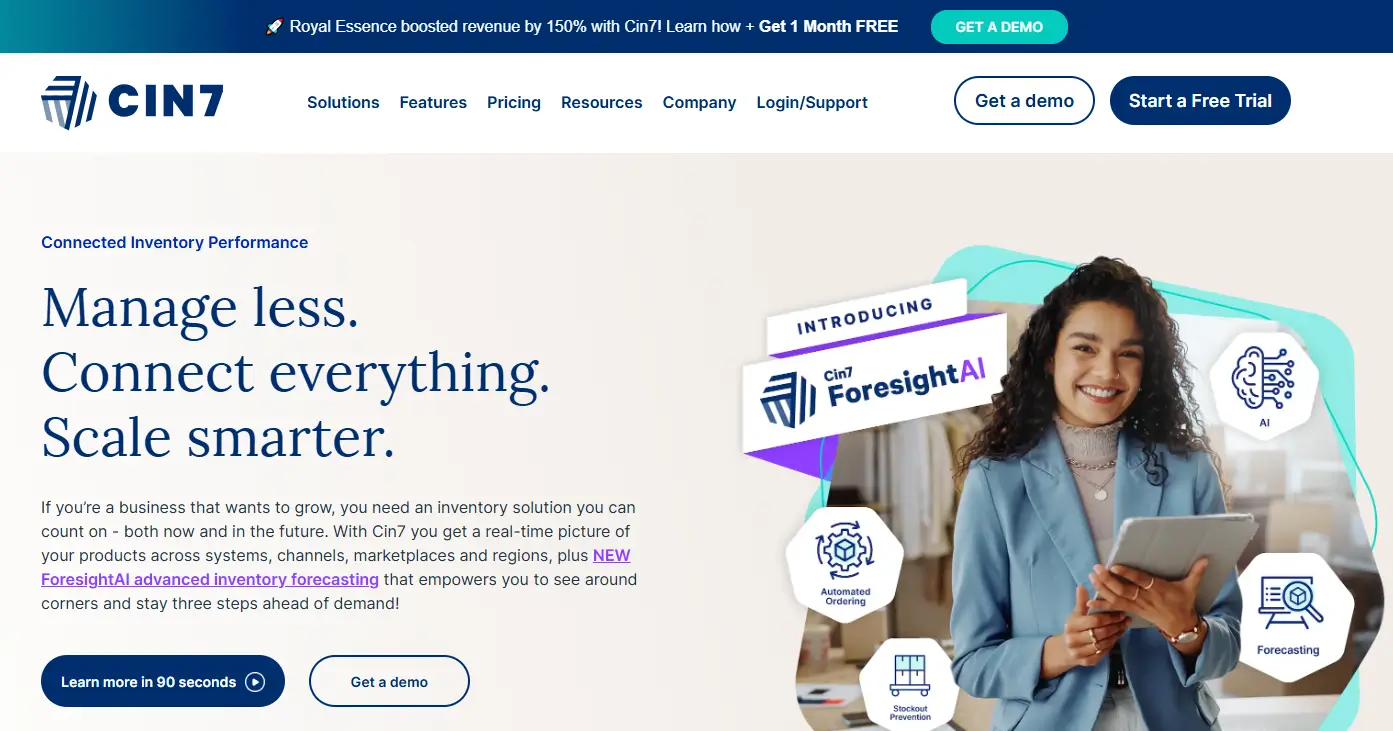
With robust support for multi-channel order management, Cin7 is designed for businesses handling complex workflows. It integrates with ERP systems, provides real-time inventory visibility, and supports scaling into new sales channels.
- Best For: Businesses needing strong inventory visibility.
- Features: Multi-channel inventory tracking, warehouse automation, and supply chain management.
- Strengths:
- Simplifies complex order management operations.
- Integration with ERP and legacy systems for seamless scaling.
- Effective tools for managing new sales channels and stock levels.
- Pricing: Custom plans based on features and usage.
7. SAP Commerce Cloud
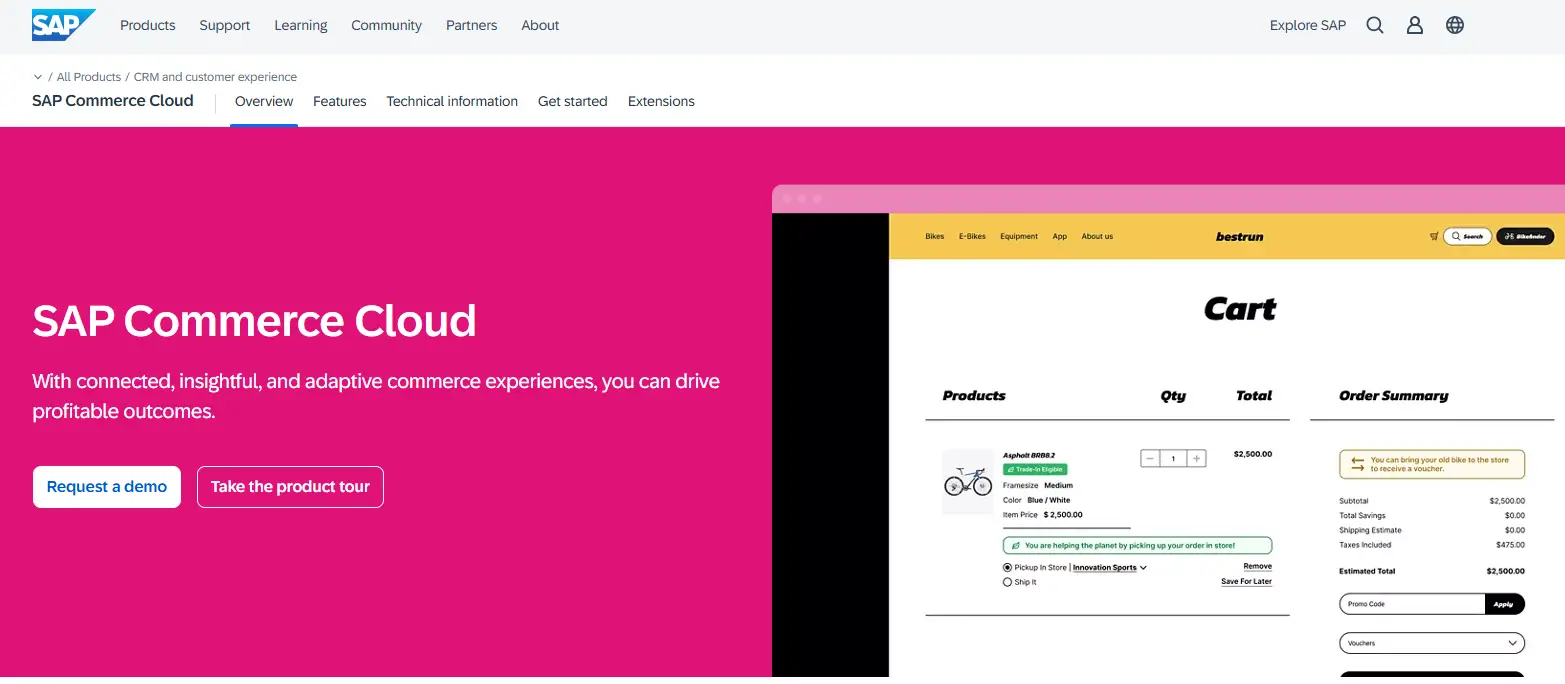
SAP Commerce Cloud is built for enterprises aiming to scale globally. It offers advanced tools for order routing, inventory allocation, and integration with SAP ERP systems, making it a great choice for managing complex supply chains.
- Best For: Enterprises focused on scaling global operations.
- Features: Advanced order routing, real-time inventory tracking, and flexible fulfillment options.
- Strengths:
- Excellent for businesses with multiple sales channels and international operations.
- Seamless integration with SAP’s enterprise resource planning (ERP) tools.
- Highly customizable for unique business operations.
- Pricing: Custom pricing based on business size and requirements.
8. Veeqo
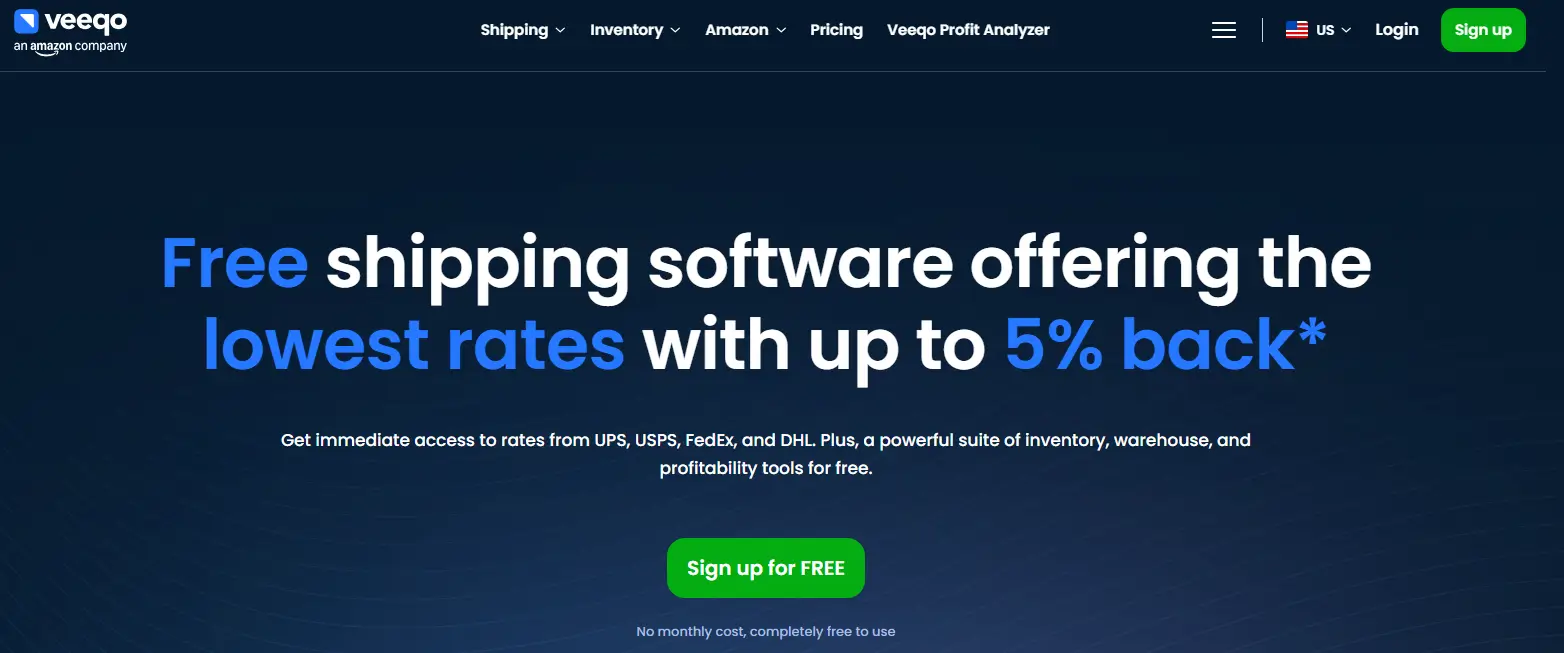
Veeqo centralizes order and inventory management while optimizing shipping across multiple carriers. It’s designed for e-commerce businesses expanding across platforms, helping reduce costs and improve the order fulfillment process.
- Best For: Growing e-commerce businesses managing multiple platforms.
- Features: Centralized order management, shipping label creation, and real-time inventory updates.
- Strengths:
- Simplifies shipping across various carriers.
- Reduces fulfillment costs with optimized delivery methods.
- Offers a user-friendly interface for managing customer orders efficiently.
- Pricing: Starts at $120 per month.
9. QuickBooks Commerce
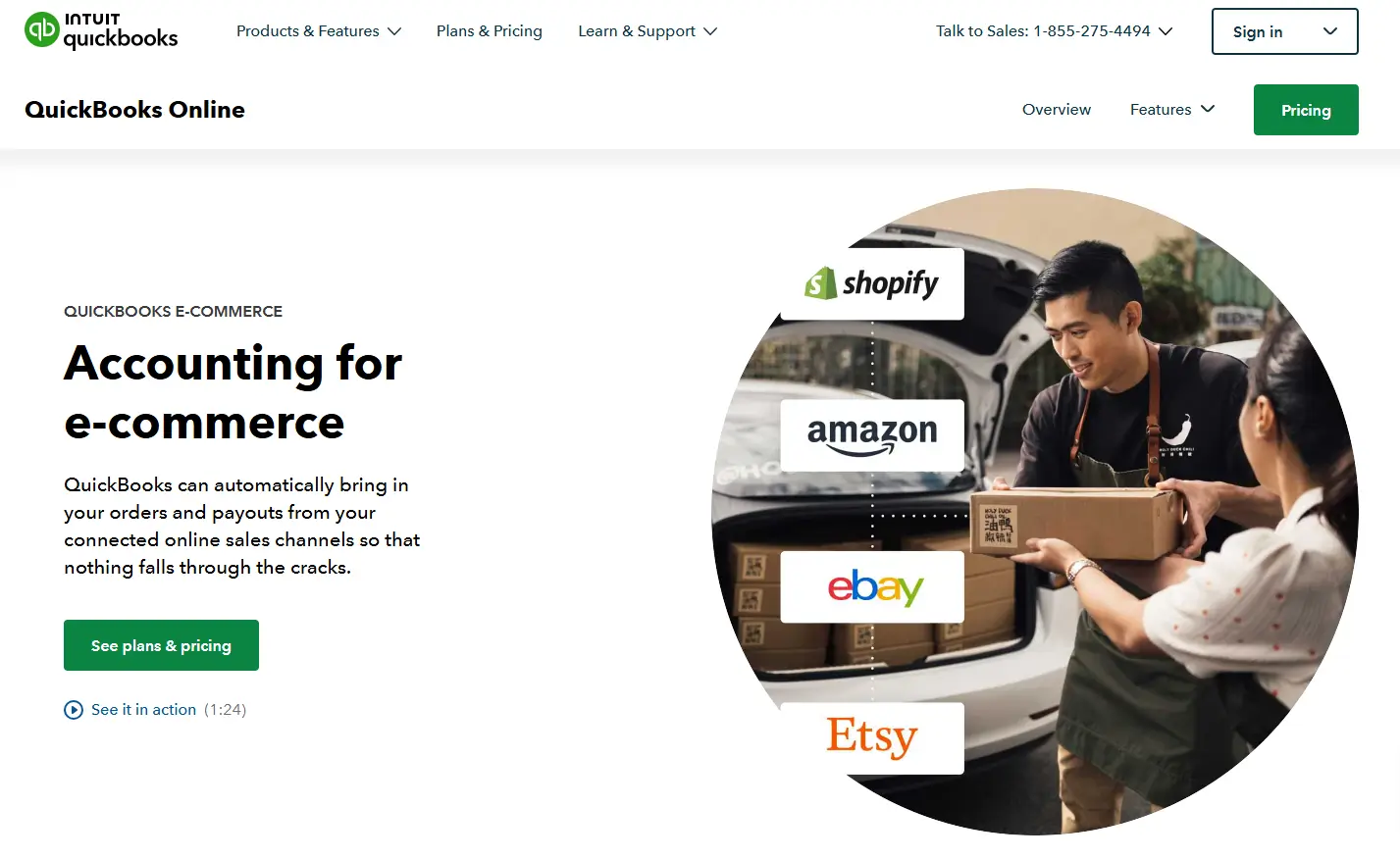
QuickBooks Commerce combines powerful order management with integrated accounting tools to streamline inventory and financial operations. It’s perfect for businesses already using QuickBooks and looking for an all-in-one solution.
- Best For: Businesses needing integrated financial and inventory management.
- Features: Real-time inventory tracking, accounting system integration, and order processing.
- Strengths:
- Combines inventory control with robust financial reporting.
- Ideal for businesses already using QuickBooks for accounting.
- Ensures accurate tracking of customer orders and stock levels.
- Pricing: Starts at $25 per month.
These e-commerce order management systems cater to various needs, from automating the fulfillment process to optimizing the customer experience. Selecting the right order management platform depends on your business goals, operational complexity, and desired features.
Comparison Table of the Top 9 E-commerce Order Management Systems
Below is a side-by-side comparison of the top 9 e-commerce order management systems to help you evaluate their key features, strengths, and suitability for your business needs.
| System | Best For | Key Features | Strengths | Pricing |
|---|---|---|---|---|
| Shopify Plus | Small and medium-sized businesses | Multi-channel integration, inventory control | Intuitive interface, seamless Shopify integration | Scales with business size |
| NetSuite by Oracle | Enterprise-level businesses | Advanced analytics, ERP integration | Comprehensive reporting, global scalability | Custom pricing |
| Brightpearl | Retail and wholesale businesses | Automated order processing, CRM integration | Simplified fulfillment, inventory optimization | Starting at $500/month |
| Zoho Inventory | Startups and growing businesses | Real-time inventory tracking, order status updates | Affordable, CRM integration | Starting at $59/month |
| Salesforce Commerce Cloud | Customer-centric businesses | CRM-powered order management, inventory optimization | Superior customer engagement tools | Tier-based pricing |
| Cin7 | Businesses with complex workflows | Multi-channel inventory management, ERP integration | Real-time inventory visibility | Custom plans |
| SAP Commerce Cloud | Enterprises | Order routing, inventory allocation | Global scalability, SAP ERP integration | Custom pricing |
| Veeqo | Multi-platform sellers | Centralized order management, shipping labels | Optimized shipping, user-friendly | Starting at $120/month |
| QuickBooks Commerce | Businesses using QuickBooks | Accounting system integration, order processing | Combines financial and order management | Starting at $25/month |
This table summarizes the core aspects of each order management system, making it easier to identify the best fit based on your business requirements, budget, and growth goals.
How to Implement an OMS in Your Business
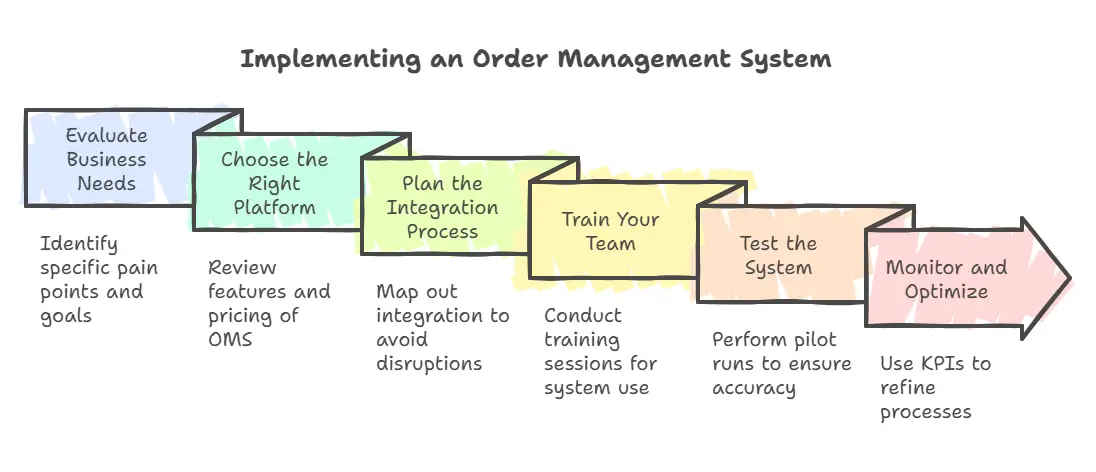
Implementing the right order management system can transform your business operations, but it requires a structured approach. Follow these steps to ensure a smooth integration and optimal use of your chosen platform.
Step 1: Evaluate Business Needs
Start by identifying the specific pain points and goals of your business:
- Are you struggling with manual processes or fragmented sales channels?
- Do you need better inventory control or improved customer support?
- Is scalability and multi-channel integration a priority?
Define your key requirements, such as order processing automation, inventory visibility, or integration with existing systems like accounting software.
Step 2: Choose the Right Platform
Review the features and pricing of various e-commerce order management systems to match your needs. Look for:
- Seamless integration with your current platforms (e.g., Shopify, QuickBooks, or CRM tools).
- Tools to manage the entire order lifecycle, including tracking order status and processing returns.
- A user-friendly interface to minimize training time for your team.
Step 3: Plan the Integration Process
Map out the integration process to avoid disruptions. Key steps include:
- Setting up API connections between the OMS and your sales channels, warehouse systems, and ERP.
- Importing existing order history, customer data, and inventory details.
- Configuring workflows, such as order routing and shipping automation.
Step 4: Train Your Team
Provide training sessions to familiarize your team with the new system. Focus on:
- Navigating the platform’s interface.
- Managing inventory levels and tracking customer orders.
- Utilizing automation tools to fulfill orders efficiently.
Step 5: Test the System
Before fully launching the OMS, test its functionality with a pilot run:
- Process a few customer orders across multiple sales channels to ensure accuracy.
- Verify features like order placement, tracking, and inventory optimization.
- Resolve any technical issues or workflow gaps.
Step 6: Monitor and Optimize
After implementation, monitor the system’s performance using key performance indicators (KPIs) such as:
- Order accuracy rates.
- Shipping costs and fulfillment times.
- Customer satisfaction and loyalty metrics.
Use these insights to refine processes, optimize inventory allocation, and improve the customer experience.
Conclusion
Choosing the right order management system is a crucial step for any e-commerce business aiming to streamline operations, enhance the order fulfillment process, and deliver exceptional customer experiences. The systems we’ve covered in this guide offer a wide range of features to suit businesses of all sizes and complexities.
Whether you’re a small business looking to optimize manual processes or an enterprise managing multiple sales channels, there’s a solution tailored to your needs. By focusing on integration, scalability, and automation, these systems ensure you can efficiently track order status, manage inventory levels, and fulfill customer orders without disruptions. The key is to align the OMS with your business operations and long-term goals. With the right system, you’ll gain better inventory visibility, reduce fulfillment costs, and foster customer loyalty—all while scaling effortlessly.
FAQs
Here’s a collection of frequently asked questions to address common concerns about e-commerce order management systems.
1. What is an order management system (OMS)?
An OMS is a software solution that manages the entire order lifecycle, from tracking order placement to fulfillment and delivery. It integrates with inventory systems, multiple sales channels, and shipping platforms to streamline operations and improve customer satisfaction.
2. How do I choose the right OMS for my business?
Choosing the right OMS depends on your business needs. Evaluate factors like scalability, integration capabilities, ease of use, and features such as inventory optimization, automation, and reporting tools. Consider your budget and long-term growth plans to select a system that aligns with your goals.
3. What are the benefits of using an OMS?
Using an OMS offers multiple benefits, including:
Automated order processing and routing.
Enhanced inventory tracking and visibility.
Improved efficiency in managing multiple sales channels.
Better customer communication with real-time updates on order status.
Reduced errors and fulfillment costs.
